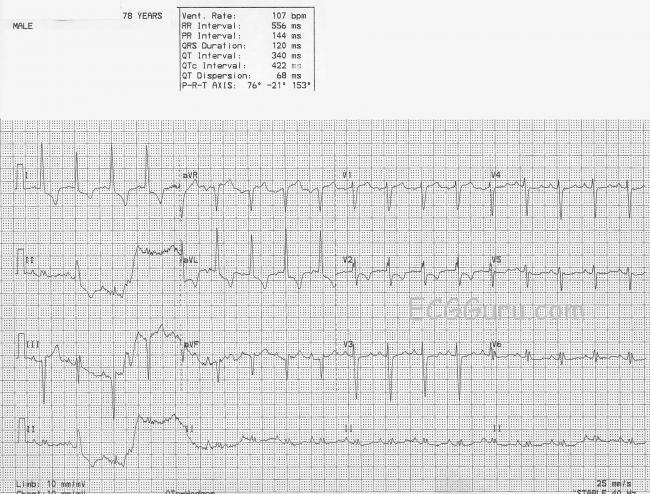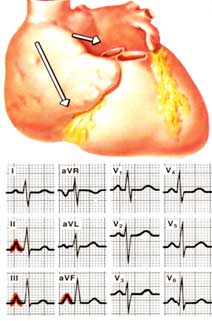

The prevalence of intracardiac thrombi under VKAs was unexpectedly high (17.8 %) bearing risk of thromboembolic events despite sufficient anticoagulation. A recently published study compared NOACs and VKAs in a high-risk population, i.e., patients with a median CHA 2DS 2-VASc score of 4. While the efficacy of VKAs for prevention of stroke and systemic embolism in the cardioversion setting has been studied in detail, only few studies have been published for NOACs. Based on guidelines, for patients with AF of >48 h duration, therapeutic anticoagulation is recommended for at least 3 weeks prior to and 4 weeks after cardioversion to exclude left atrial appendage (LAA) thrombus. Despite these benefits, there are many open questions in terms of specific clinical situations. Non-vitamin K antagonist oral anticoagulants (NOACs), including the direct thrombin inhibitor dabigatran and the factor Xa inhibitors rivaroxaban, revealed a clinical benefit compared with VKA in large-scale phase III studies. Pharmacokinetics and pharmacodynamics of VKA are influenced by many factors including nutrition leading to fluctuant international normalized ratio (INR) values and individual changes of the time in therapeutic range (TTR). An overview of five randomized trials has shown that treatment with vitamin K antagonists (VKA) reduced the incidence of ischemic stroke from 4.5 to 1.4 %/year with a relative risk reduction of 68 % in AF patients.

In comparison to the general population, the risk of stroke is four- to fivefold higher in patients with AF. Non-valvular atrial fibrillation (AF) is the most common sustained cardiac arrhythmia, and is associated not only with an increased risk of stroke and other systemic embolism but also increased mortality and morbidity. Meine Inhalte subNavigationMarker subNavigationPointer.Mehr subNavigationMarker subNavigationPointer.■ Für Ärztinnen und Ärzte in Weiterbildung.



 0 kommentar(er)
0 kommentar(er)
